Pietro Cassara
TEACHING -- Trustworthy autonomous cyber-physical applications through human-centred intelligence
Jul 14, 2021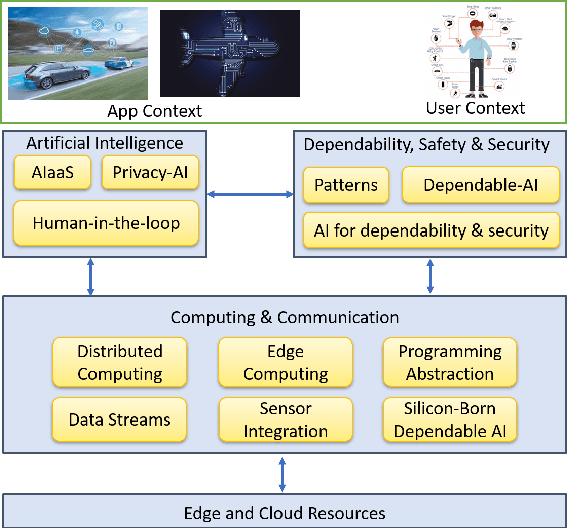
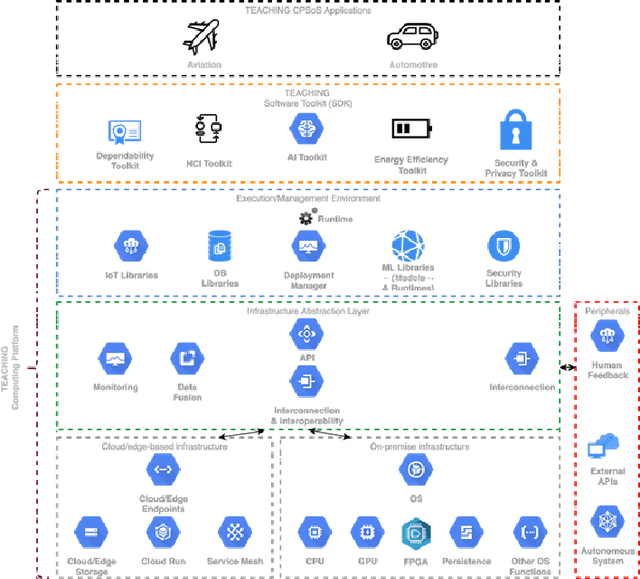
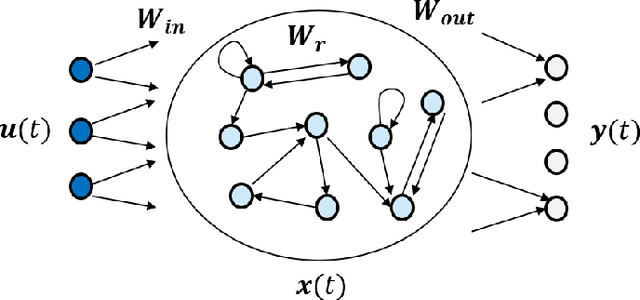
Abstract:This paper discusses the perspective of the H2020 TEACHING project on the next generation of autonomous applications running in a distributed and highly heterogeneous environment comprising both virtual and physical resources spanning the edge-cloud continuum. TEACHING puts forward a human-centred vision leveraging the physiological, emotional, and cognitive state of the users as a driver for the adaptation and optimization of the autonomous applications. It does so by building a distributed, embedded and federated learning system complemented by methods and tools to enforce its dependability, security and privacy preservation. The paper discusses the main concepts of the TEACHING approach and singles out the main AI-related research challenges associated with it. Further, we provide a discussion of the design choices for the TEACHING system to tackle the aforementioned challenges
A Cross-Entropy-based Method to Perform Information-based Feature Selection
May 22, 2017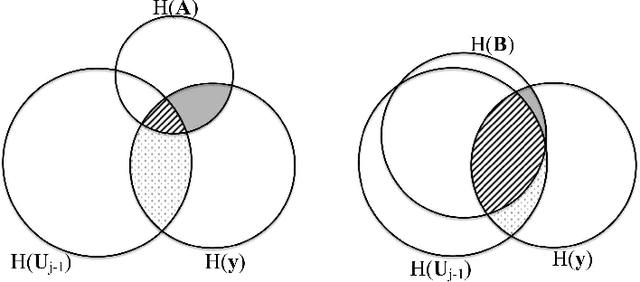

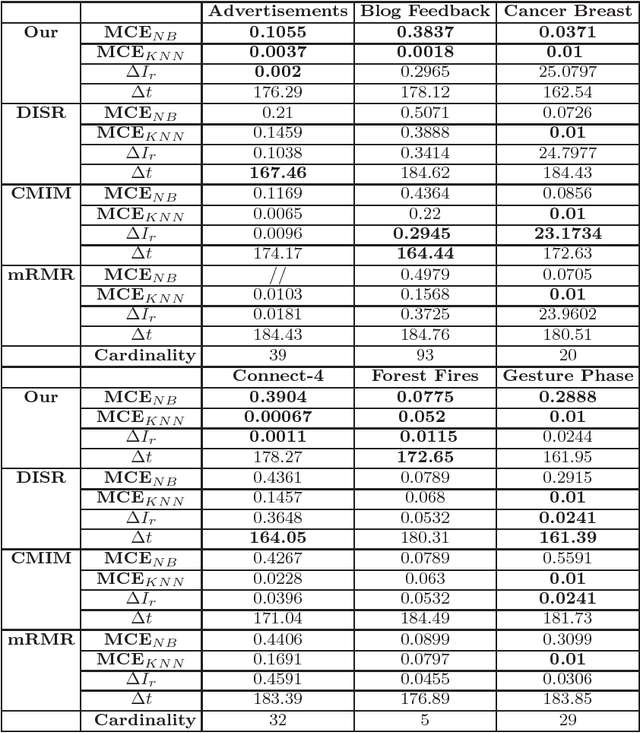
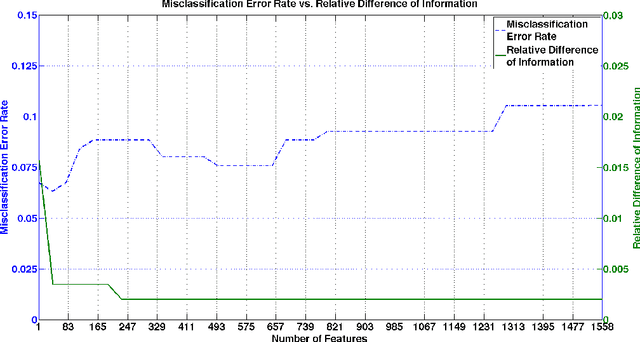
Abstract:From a machine learning point of view, identifying a subset of relevant features from a real data set can be useful to improve the results achieved by classification methods and to reduce their time and space complexity. To achieve this goal, feature selection methods are usually employed. These approaches assume that the data contains redundant or irrelevant attributes that can be eliminated. In this work, we propose a novel algorithm to manage the optimization problem that is at the foundation of the Mutual Information feature selection methods. Furthermore, our novel approach is able to estimate automatically the number of dimensions to retain. The quality of our method is confirmed by the promising results achieved on standard real data sets.
 Add to Chrome
Add to Chrome Add to Firefox
Add to Firefox Add to Edge
Add to Edge